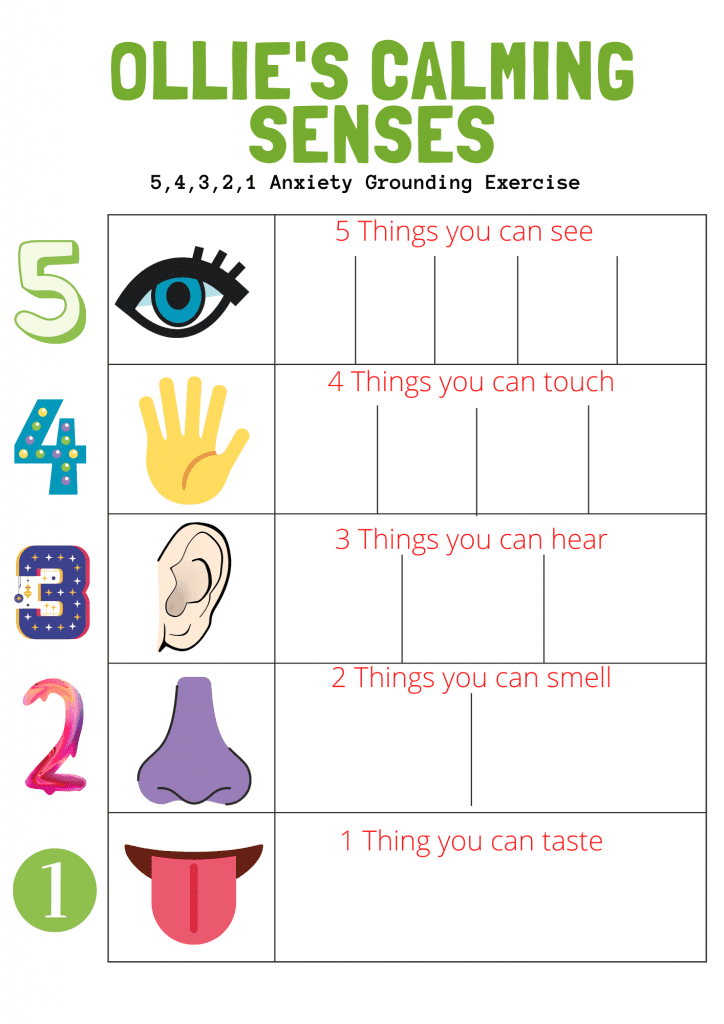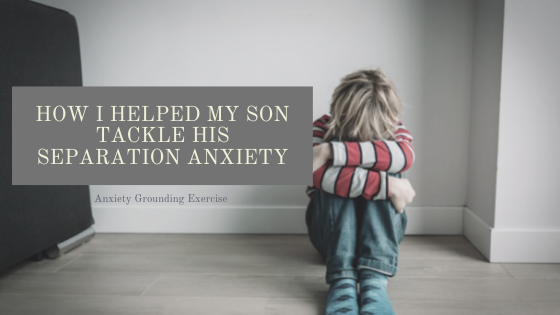For years, my Son and I spent every day walking past the Kindergarten gates to drop my daughter at primary school. Each day consisted of tears and eagerness to finally have his turn in Kindy. Sometimes, even clenching onto the bars of the fence with every ounce of strength in his tiny little body. Finally, the time came, it was his year to shine! We couldn’t have been more prepared for Kindy. We had his hat, his bag, his uniform and lunch box; we made stacks of snacks and got him the snazziest shoes yet! What we didn’t prepare for though, was a rare, mid-year flare-up of separation anxiety caused by the first Covid lockdown. I’m sure we weren’t the only ones to experience this and it took trial and error but we found something that helped; so here’s our story.
Ollie’s long-awaited Kindy year started off brilliantly! I was actually a little sad when I didn’t get that hesitation that children usually get on their first days. He was my baby and I was leaving him for a whole day! That soon passed though and we were very quickly and smoothly thrown into our Kindy routine. He was absolutely thriving! Then, week 10 of his first term rolled around and QLD went into a homeschooling lockdown.
He spent his Easter holidays that year locked up away from family, away from his new friends and teachers, out of his routine. Much like every other kid living in QLD who had a parent or guardian that was classed as non-essential. He had fun, he and his sister played games and made crafts, built spectacular Lego creations, video called with their Grandparents and went on Easter Egg hunts in the backyard.
Term 2 was due to start and we spent most of that term distance learning again. It was fun, and not very long at all compared to the lockdowns that places like Victoria have since experienced. Both of the kids were very excited to finally return to normal school though, with their teachers, their friends and their routines.
This is when neither we nor his teachers were prepared for the level of separation anxiety Ollie was about to develop. The screaming as I was leaving, hearing him howling with tears as I walked down the street. There were many times that his wonderful teachers had to help pull him off me so that I could leave. I’d sob, the entire way home every single day. With thoughts constantly running through my mind of how I was damaging my son by not giving in to it. This was just the first 2 weeks back.
Then one day, I gave in. I couldn’t take it anymore. I signed him back out, going against the advice of his teacher who warned me it could worsen the anxiety because I had given in. It made sense, I mean the first rule of parenting is to not give in, right? I didn’t care, I thought he needed me so that was that. However, it did make it worse. This was going on for weeks and weeks. There wasn’t any bullying and he loved his teachers, he’d come home with so many amazing stories and would spend his morning eagerly getting ready for his day and then as soon as we hit the front gate of his school, it’d start. I spent countless days crying to my Mum on the phone after drop off, and then receiving photos from his teachers within 30mins of him happily playing. It was just the initial drop-offs that were so traumatic for him and nothing that the teachers or I suggested or tried would help.
What could I do to help ease the separation anxiety for him?
Research after research and I came up with nothing that I could tailor to age-appropriate understanding for a 4 (almost 5) year old. Then I remembered something my sister had taught me a few years ago to help my own anxiety struggles. She said that when I start feeling anxious, to start naming every little bit of colour I could see around me. Even in one painting, noticing every little detailed colour helped distract my mind.
So the next day, we tried that. However, it didn’t work. His anxiety was too strong and overwhelming for him to focus.
I spent the day thinking of a way I could adapt that technique to suit his age and keep his focus. After many rough drafts, I came up with this grounding exercise. I printed it and laminated it so that he could use a whiteboard marker on it each day.
The next day we spent our getting ready time chatting about his special anxiety board and some of the things he might like to put in each section. We got to school, put his bag away, his lunch box in the fridge and went to chat with his teachers about our idea. From that day on, one of his teachers would sit with him under the tree during the morning and they’d fill out his anxiety grounding sheet. Eventually, after many weeks of hard work from both him and his amazingly dedicated teachers, he no longer needed to use his grounding exercise and happily waved goodbye at drop off.

Anxiety-Grounding-Exercise
How to use the Anxiety Grounding Exercise
The anxiety grounding exercise that I made for Ollie is based around his 5 senses. See, touch, hear, smell and taste. Each section grabs the users focus and has them drain out all other senses and distractions around them. I incorporated this into a 5,4,3,2,1 countdown as another technique that can help.
5 Things you can see
This section is for them to focus on 5 things they can see around them. The spaces are there for them to draw their answers or they can verbally describe each thing to the person who is there helping them. Sometimes this could be a bird with red wings, a spotted leaf, a cloud shaped like an apple. Anything that grabs their attention long enough to describe what they’re seeing.
4 Things you can touch
We used this sense to really have him think about how the things around him feel differently and have different textures and surfaces. An example of this could be the sand feels bumpy and rough, the grass is cold and damp, the rock is warm, the slide is smooth and slippery.
3 Things you can hear
This one works best if you can ask the child to close their eyes, ask them to listen and try and find 3 things that aren’t other children playing around them. This could be a car, birds singing or the wind blowing through the trees.
2 Things you can smell
Smell might be a difficult one for them, so they may need a little prompting. However, you’ll be surprised at how easily they come up with some answers now that they’re getting used to draining out other senses.
1 Thing you can taste
Taste was the only sense that we used as a future expectation answer. Ollie would use this answer to think about his favourite thing packed in his lunch that day and tell his teachers what he was most excited to eat. If he didn’t know what was packed for him, he would describe what he would love to eat for dinner etc.
How can you try this method to help your own child with anxiety?
I’ve removed Ollie’s name and created this PDF so that it can maybe help other children overcome their separation anxiety as well.
Download it here: Anxiety Grounding Exercise
Please remember to always have a child seen by a health care professional, talk to their educators and make sure there are no other reasons for their anxiety behaviours first.
Do you have any other cool techniques to help a child with separation anxiety? Let us know!
Check out our blog for more helpful hints and tips.

